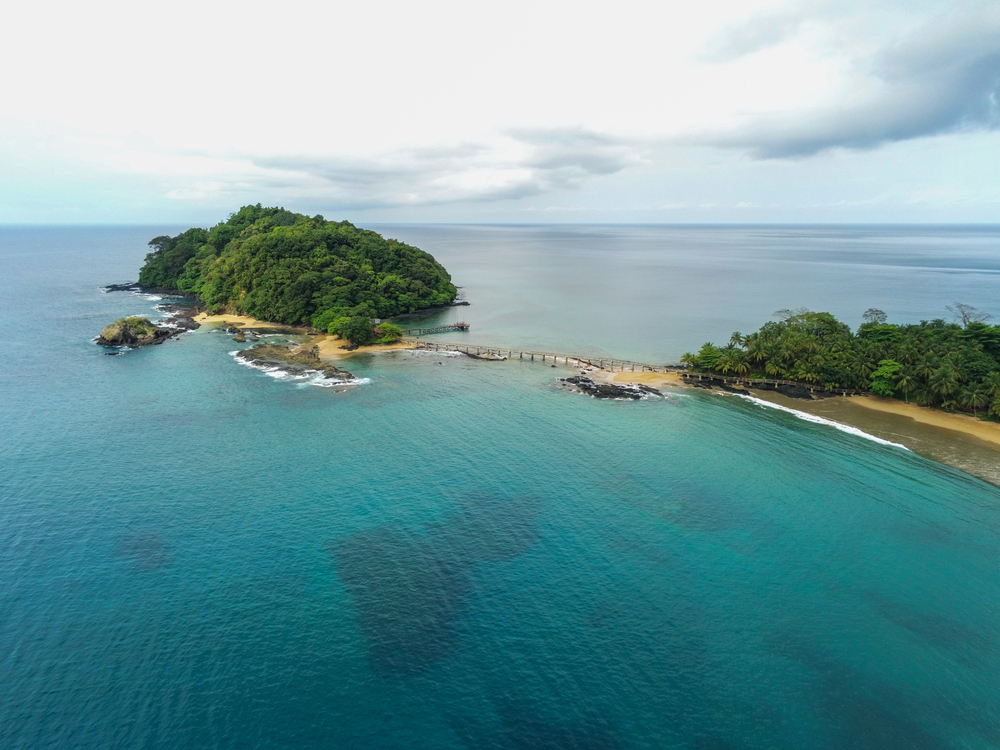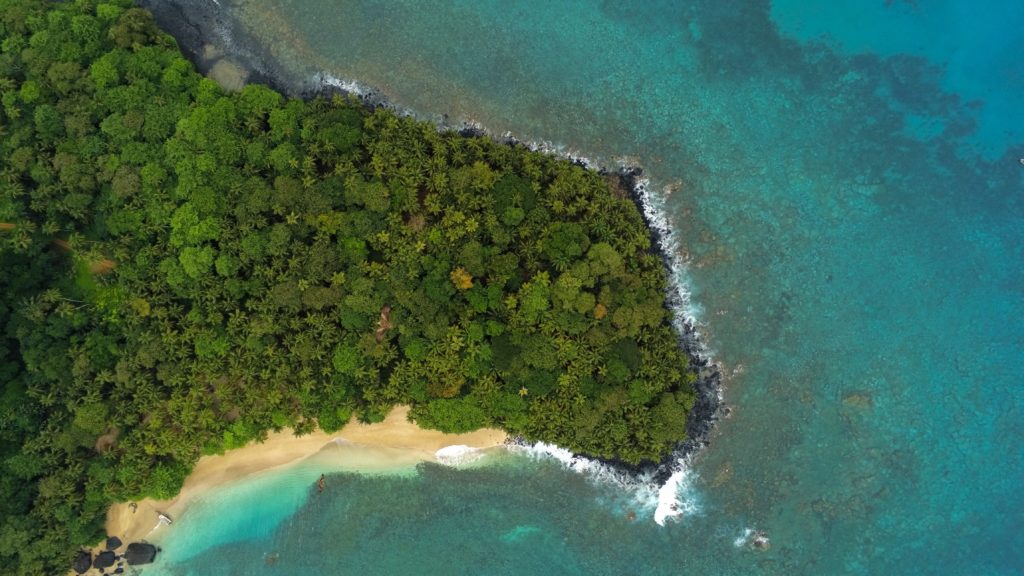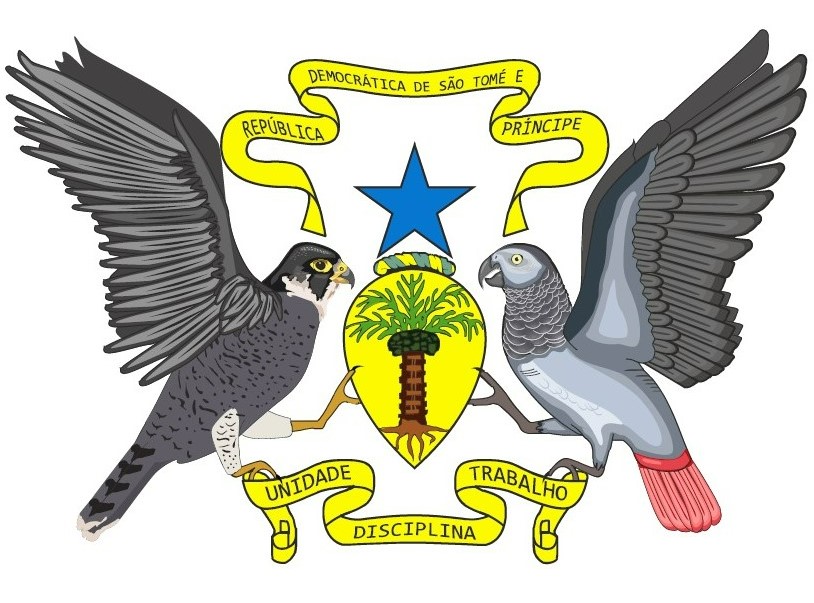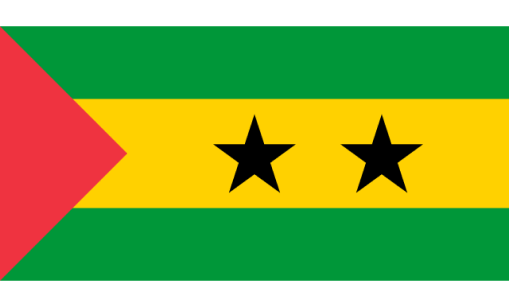Location
Sao Tome and Principe is an island country in the Gulf of Guinea off the western equatorial coast of Central Africa and consists of two archipelagos around the two main islands of Sao Tome and Principe, about 60 km apart and is the second smallest and second least populous African sovereign state. Sao Tome is the capital and largest city.
Sao Tome is 50 km (30 mi) long and 30 km (20 mi) wide and the more mountainous of the two islands and its peaks reach 2,024 m (6,640 ft). Principe is about 30 km (19 mi) long and 6 km (4 mi) wide, making it the smaller of the two and its peaks reach 948 m (3,110 ft). This makes the total land area of the country 1,001 square kilometres (386 sq mi). The climate is tropical with hot and humid yearly temperatures with a little daily variation.

Language
The official language is Portuguese, whilst Forro Creole is also a recognised language. Angolar Creole and Principense Creole are also spoken in some communities.
Government
Sao Tome and Principe is a unitary semi-presidential representative democratic republic and is government by the President who is the Head of State and the Prime Minister who is the Head of the Government.


History
Sao Tome and Principe was uninhabited until the islands were discovered in the 15th century by by Portuguese explorers. The country Gradually colonized and settled throughout the 16th century, they collectively served as a vital commercial and trade centre for the Atlantic slave trade. The rich volcanic soil and proximity to the equator made Sao Tome and Principe ideal for sugar cultivation, followed later by cash crops such as coffee and cocoa; the lucrative plantation economy was heavily dependent upon African slaves. Cycles of social unrest and economic instability throughout the 19th and 20th centuries culminated in peaceful independence in 1975. Sao Tome and Principe has since remained one of Africa’s most stable and democratic countries.
Motto
“Unidade, Disciplina, Trabalho”
“Unity, Discipline, Labour”

Flag
The flag of Sao Tome and Principe consists of a red triangle situated at the hoist, with three horizontal green, yellow and green bands charged with two five-pointed black stars at the centre and was adopted in 1975 when the country gained independence.
The colours and symbols of the flag carry cultural, political, and regional meanings. The green alludes to the plentiful vegetation of the country, while the yellow stands for the tropical sun and cocoa, a key agricultural crop for the nation. The red evokes the “struggle for independence” as well as equality. The two black stars on the yellow band represent the two islands that make up the country, the island of Sao Tome and the island of Principe.
